biography, guidance notes, and literary criticism
D.H.Lawrence is not an easy writer to categorise. We think of him mainly as a novelist – but he is equally influential (if not so highly regarded) as a poet and a writer of novellas and short stories. He also wrote plays, but these tend to be overlooked in favour of his fiction. This guide to his work comes from a new series by Routledge which offers comprehensive but single-volume introductions to major English writers. They are aimed at students of literature, but are accessible to general readers who might like to deepen their understanding. The approach taken could not be more straightforward.
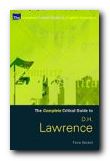 Part one is a potted biography of Lawrence, placing his life and work in a relatively neutral socio-historical context. Thus we get his early influences and his complex relations with women; but we are also nursed through an introduction to the literary Modernist movement of which he formed an important part. Part two provides a synoptic view of Lawrence’s stories, novels, and poetry.
Part one is a potted biography of Lawrence, placing his life and work in a relatively neutral socio-historical context. Thus we get his early influences and his complex relations with women; but we are also nursed through an introduction to the literary Modernist movement of which he formed an important part. Part two provides a synoptic view of Lawrence’s stories, novels, and poetry.
The works are described in outline, and then their main themes illuminated. This is followed by pointers towards the main critical writings on these texts and issues.
Part three deals with criticism of Lawrence’s work. This is presented in chronological order – from contemporaries such as T.S. Eliot and E.M. Forster to critics of the present day who tend to focus on Lawrence’s psychological insights. Feminist writers have been particularly critical of what they see as misogyny in Lawrence’s work. .
The book ends with a commendably thorough bibliography which covers biography, criticism in books and articles, plus pointers towards specialist Lawrence journals.
An excellent starting point for students who are new to Lawrence’s work – and a refresher course for those who would like to keep up to date with criticism.
© Roy Johnson 2003
Fiona Becket, The Complete Critical Guide to D. H. Lawrence, London: Routledge, 2002, pp.186, ISBN 0415202523
More on D.H. Lawrence
More on the novella
More on literary studies
More on short stories
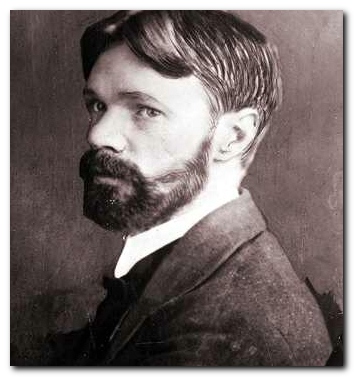
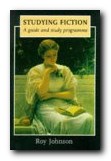 Studying Fiction
Studying Fiction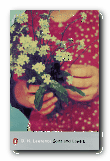 Sons and Lovers
Sons and Lovers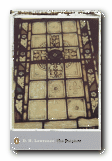 The Rainbow
The Rainbow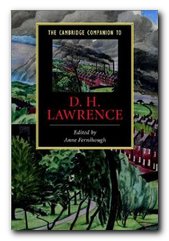
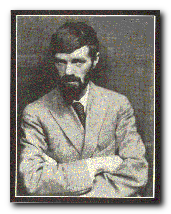
 The Complete Critical Guide to D. H. Lawrence
The Complete Critical Guide to D. H. Lawrence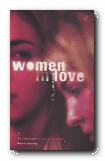 Women in Love
Women in Love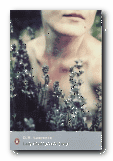 Lady Chatterley’s Lover
Lady Chatterley’s Lover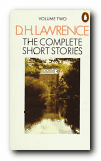 The Complete Short Stories
The Complete Short Stories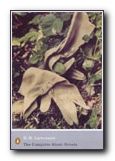 The Short Novels
The Short Novels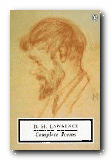 The Complete Poems
The Complete Poems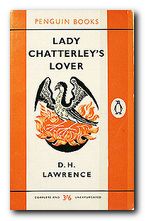 He reverted to an old-fashioned strategy for publication and raised money by subscriptions, comissioning a Florentine bookseller named Guiseppe Orioli to print the book in his Tipografia Giuntina using Lawrence’s own capital. The 1,000 copies of this first edition printed in July 1928 were sold through Lawrence’s close personal friends. At only two pounds, the book sold quickly, so that by December, this first version was completely sold out. In November, he published another cheaper edition of 200 copies which sold just as quickly as the first.
He reverted to an old-fashioned strategy for publication and raised money by subscriptions, comissioning a Florentine bookseller named Guiseppe Orioli to print the book in his Tipografia Giuntina using Lawrence’s own capital. The 1,000 copies of this first edition printed in July 1928 were sold through Lawrence’s close personal friends. At only two pounds, the book sold quickly, so that by December, this first version was completely sold out. In November, he published another cheaper edition of 200 copies which sold just as quickly as the first.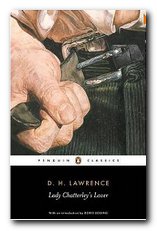 Connie longs for real human contact, and falls into despair, as all men seem scared of true feelings and true passion. There is a growing distance between Connie and Clifford, who has retreated into the meaningless pursuit of success in his writing and in his obsession with coal-mining, and towards whom Connie feels a deep physical aversion. A nurse, Mrs. Bolton, is hired to take care of the handicapped Clifford so that Connie can be more independent, and Clifford falls into a deep dependence on the nurse, his manhood fading into an infantile reliance on her services.
Connie longs for real human contact, and falls into despair, as all men seem scared of true feelings and true passion. There is a growing distance between Connie and Clifford, who has retreated into the meaningless pursuit of success in his writing and in his obsession with coal-mining, and towards whom Connie feels a deep physical aversion. A nurse, Mrs. Bolton, is hired to take care of the handicapped Clifford so that Connie can be more independent, and Clifford falls into a deep dependence on the nurse, his manhood fading into an infantile reliance on her services.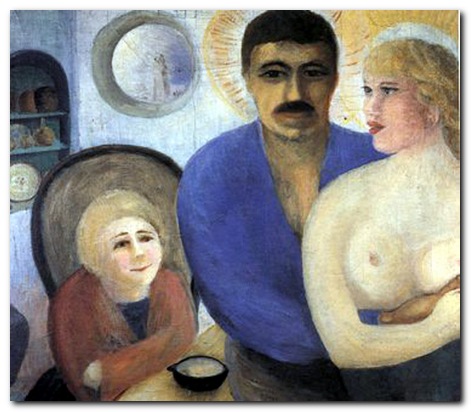
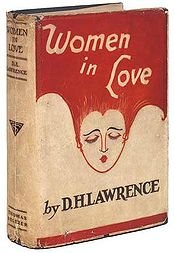 Women in Love was originally published in New York City as a limited edition (1250 books), available only to subscribers; this was due to the controversy caused by The Rainbow. Because the two books were originally written as parts of a single novel, the publisher had decided to publish them separately and in rapid succession. The first book’s treatment of sexuality, while tame by today’s standards, was rather too frank for the Edwardian era. There was an obscenity trial and The Rainbow was banned in the UK for 11 years, although it was available in the US. The publisher then backed out of publishing the second book in the UK, so it first appeared in the US in 1920.
Women in Love was originally published in New York City as a limited edition (1250 books), available only to subscribers; this was due to the controversy caused by The Rainbow. Because the two books were originally written as parts of a single novel, the publisher had decided to publish them separately and in rapid succession. The first book’s treatment of sexuality, while tame by today’s standards, was rather too frank for the Edwardian era. There was an obscenity trial and The Rainbow was banned in the UK for 11 years, although it was available in the US. The publisher then backed out of publishing the second book in the UK, so it first appeared in the US in 1920.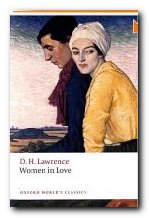 All four are deeply concerned with questions of society, politics, and the relationship between men and women. Ultimately however, the two relationships go in very different directions. The initial strife between Birkin and Ursula over his lingering attachment to the controlling Hermione Roddice is resolved by his eventual willingness to break off their relationship, and Birkin and Ursula give up their jobs as teachers to take up a more bohemian lifestyle.
All four are deeply concerned with questions of society, politics, and the relationship between men and women. Ultimately however, the two relationships go in very different directions. The initial strife between Birkin and Ursula over his lingering attachment to the controlling Hermione Roddice is resolved by his eventual willingness to break off their relationship, and Birkin and Ursula give up their jobs as teachers to take up a more bohemian lifestyle.